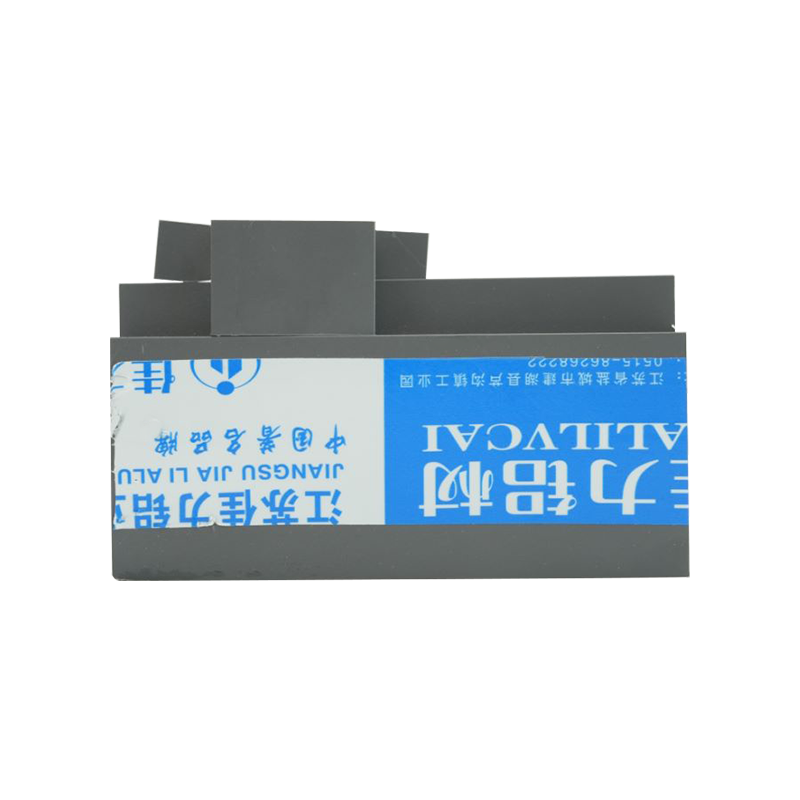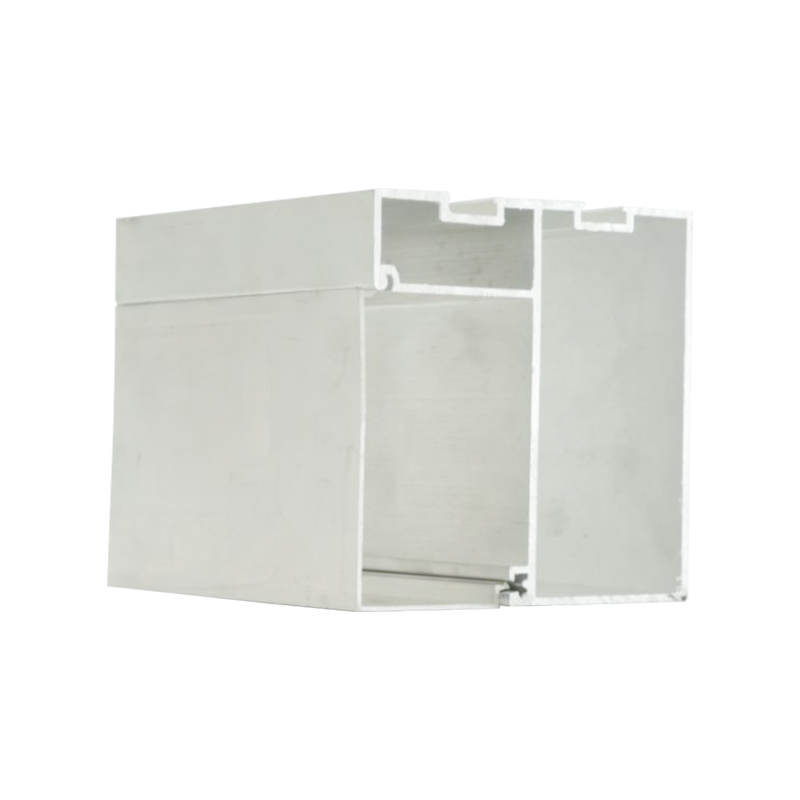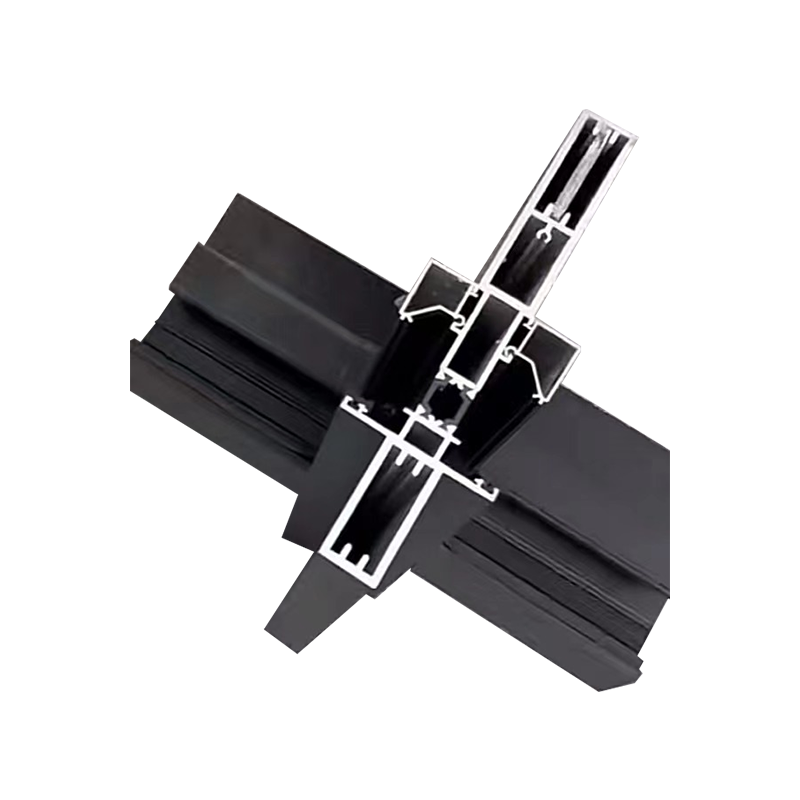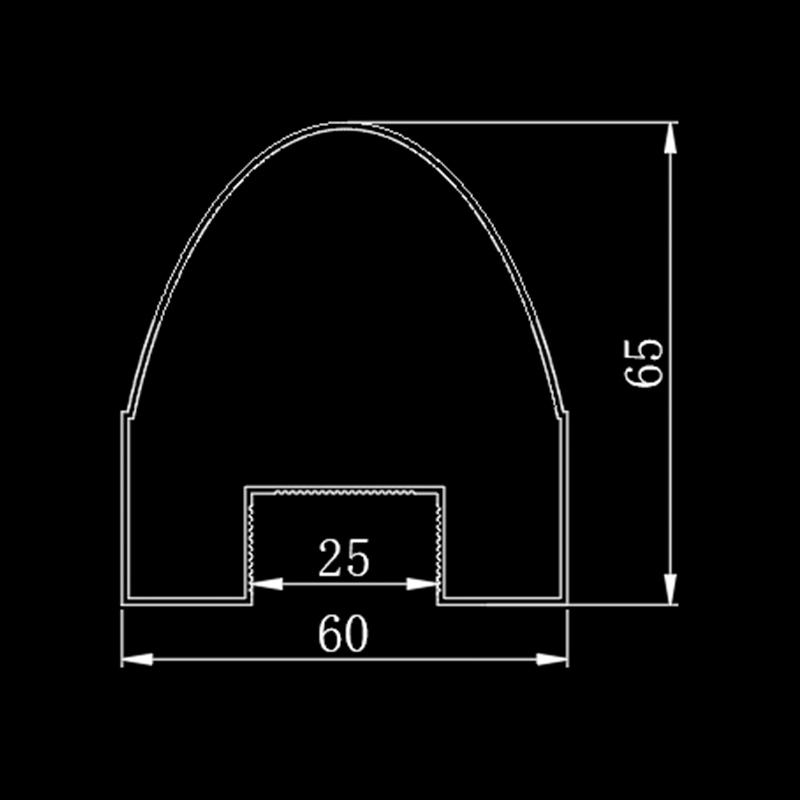In the construction and architectural industries, material selection plays a pivotal role in determining the longevity, efficiency, and aesthetic appeal of a structure. Among the various options available, ordinary shutter aluminum profiles have emerged as a dominant choice for window and door shutters. Their popularity stems from a combination of durability, cost-effectiveness, and adaptability to modern design trends. Unlike traditional materials such as wood or steel, aluminum shutters provide a balance of strength and lightweight properties while requiring minimal maintenance.
What Makes Ordinary Shutter Aluminum Profiles So Popular?
The widespread adoption of ordinary shutter aluminum profiles can be attributed to several key advantages that set them apart from alternatives like wood, PVC, or steel.
Lightweight Yet Durable
Aluminum is renowned for its high strength-to-weight ratio, making it an ideal material for shutters that need to withstand environmental stress without adding excessive load to a building’s structure. Unlike wood, which can warp or rot over time, or steel, which is prone to rust, aluminum naturally resists corrosion. This durability ensures that shutters maintain their structural integrity even in harsh weather conditions, including coastal areas with high salt exposure.
Cost-Effectiveness Over the Long Term
While the initial cost of ordinary shutter aluminum profiles may be higher than some alternatives, their long-term value is superior. Unlike wood, which requires regular painting and sealing, aluminum shutters are virtually maintenance-free. They do not need repainting unless for aesthetic reasons, and their resistance to weathering means they last decades without significant degradation. Additionally, aluminum’s recyclability makes it a cost-efficient option in the context of sustainable construction practices.
Aesthetic Flexibility and Customization
One of the most compelling reasons architects and builders favor ordinary shutter aluminum profiles is their adaptability in design. Aluminum can be powder-coated in virtually any color, allowing for seamless integration with a building’s exterior. Anodized finishes provide additional protection while enhancing visual appeal. Furthermore, aluminum shutters can be fabricated into various shapes and sizes, accommodating both traditional and contemporary architectural styles.
How Do Ordinary Shutter Aluminum Profiles Enhance Energy Efficiency?
With growing emphasis on green building standards, the role of shutters in energy conservation has become increasingly significant. Ordinary shutter aluminum profiles contribute to thermal efficiency in multiple ways.
Thermal Insulation Properties
While aluminum is a conductor, modern ordinary shutter aluminum profiles often incorporate thermal breaks—insulating barriers within the profile—to reduce heat transfer. This design helps maintain indoor temperatures, reducing reliance on heating and cooling systems. When paired with double-glazed windows, these shutters can significantly improve a building’s energy performance.
Integration with Smart Building Systems
The rise of smart homes has led to innovations in automated shading solutions. Aluminum shutters can be easily fitted with motorized systems, allowing for remote or scheduled operation. This adaptability enhances energy savings by optimizing natural light and ventilation while minimizing heat gain during peak sunlight hours.
Sustainability and Recyclability
Aluminum is one of the most recyclable construction materials, with nearly 75% of all aluminum ever produced still in use today. Ordinary shutter aluminum profiles can be recycled repeatedly without losing quality, making them a preferred choice for eco-conscious projects. This aligns with global trends toward LEED certification and other green building standards.
What Are the Key Considerations When Choosing Ordinary Shutter Aluminum Profiles?
Selecting the right ordinary shutter aluminum profiles involves evaluating several technical and practical factors to ensure optimal performance.
Profile Thickness and Alloy Grade
The strength and durability of aluminum shutters depend on the alloy used. Common grades like 6063-T5 offer excellent corrosion resistance and are well-suited for architectural applications. Thicker profiles (typically ranging from 1.2mm to 2.0mm) provide greater rigidity, which is crucial for larger shutters or high-wind areas.
Installation and Maintenance Requirements
Unlike wood, which may require frequent upkeep, aluminum shutters are relatively low-maintenance. However, proper installation is critical to prevent operational issues. Hinges, tracks, and fasteners should be corrosion-resistant (e.g., stainless steel) to ensure smooth functionality over time.
Compliance with Industry Standards
High-quality ordinary shutter aluminum profiles should meet international standards such as:
| Standard | Description |
|---|---|
| ASTM B221 | Specifies requirements for aluminum extruded bars, rods, and profiles. |
| EN 12020 | Defines tolerances for precision aluminum profiles used in construction. |
| AAMA 2603 | Covers performance requirements for organic coatings on aluminum. |
Ensuring compliance with these benchmarks guarantees structural integrity and long-term reliability.
Future Trends: Where Is the Ordinary Shutter Aluminum Profile Market Heading?
The demand for ordinary shutter aluminum profiles is expected to grow, driven by technological advancements and evolving architectural needs.
Eco-Friendly Coatings and Recycled Aluminum
Manufacturers are increasingly adopting powder coatings with low VOC (volatile organic compound) emissions to meet environmental regulations. Additionally, the use of recycled aluminum in profile production is becoming more prevalent, reducing the carbon footprint of new constructions.
Smart and Automated Shutter Systems
As smart buildings become mainstream, aluminum shutters are being integrated with IoT-enabled systems. Automated shading solutions that adjust based on sunlight intensity or weather conditions are gaining popularity, particularly in commercial and high-end residential projects.
Regional Market Growth
Urbanization in emerging economies, particularly in Asia and the Middle East, is driving demand for durable and cost-effective building materials. Meanwhile, stricter energy efficiency regulations in Europe and North America are pushing architects toward aluminum-based solutions.
Ordinary shutter aluminum profiles have solidified their position as a leading choice in modern construction due to their durability, energy efficiency, and design versatility. Their ability to meet both aesthetic and functional requirements makes them indispensable in residential, commercial, and industrial applications.
As the industry moves toward sustainable and smart building solutions, aluminum shutters will continue to evolve, incorporating advanced coatings, automation, and recycled materials. For architects, builders, and homeowners, selecting high-quality ordinary shutter aluminum profiles ensures long-term performance while contributing to environmentally responsible construction practices.

 ENG
ENG
 English
English русский
русский 中文简体
中文简体 Español
Español bahasa Indonesia
bahasa Indonesia






